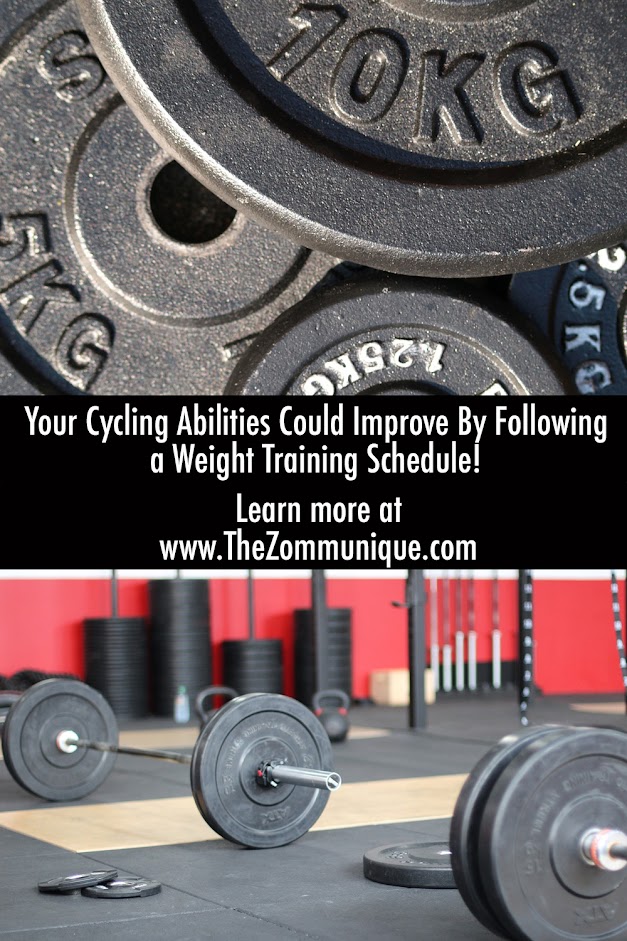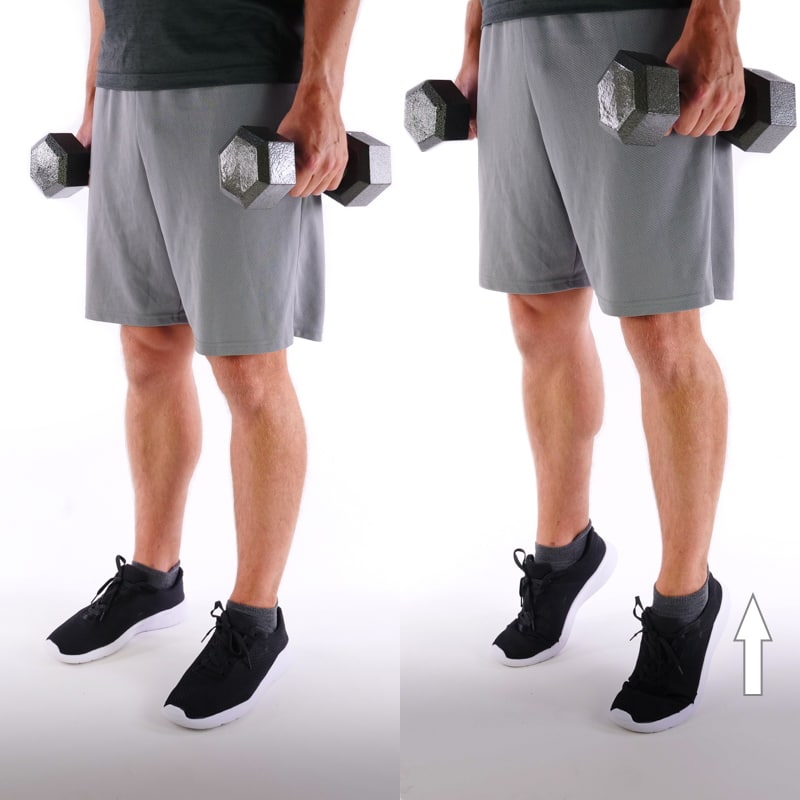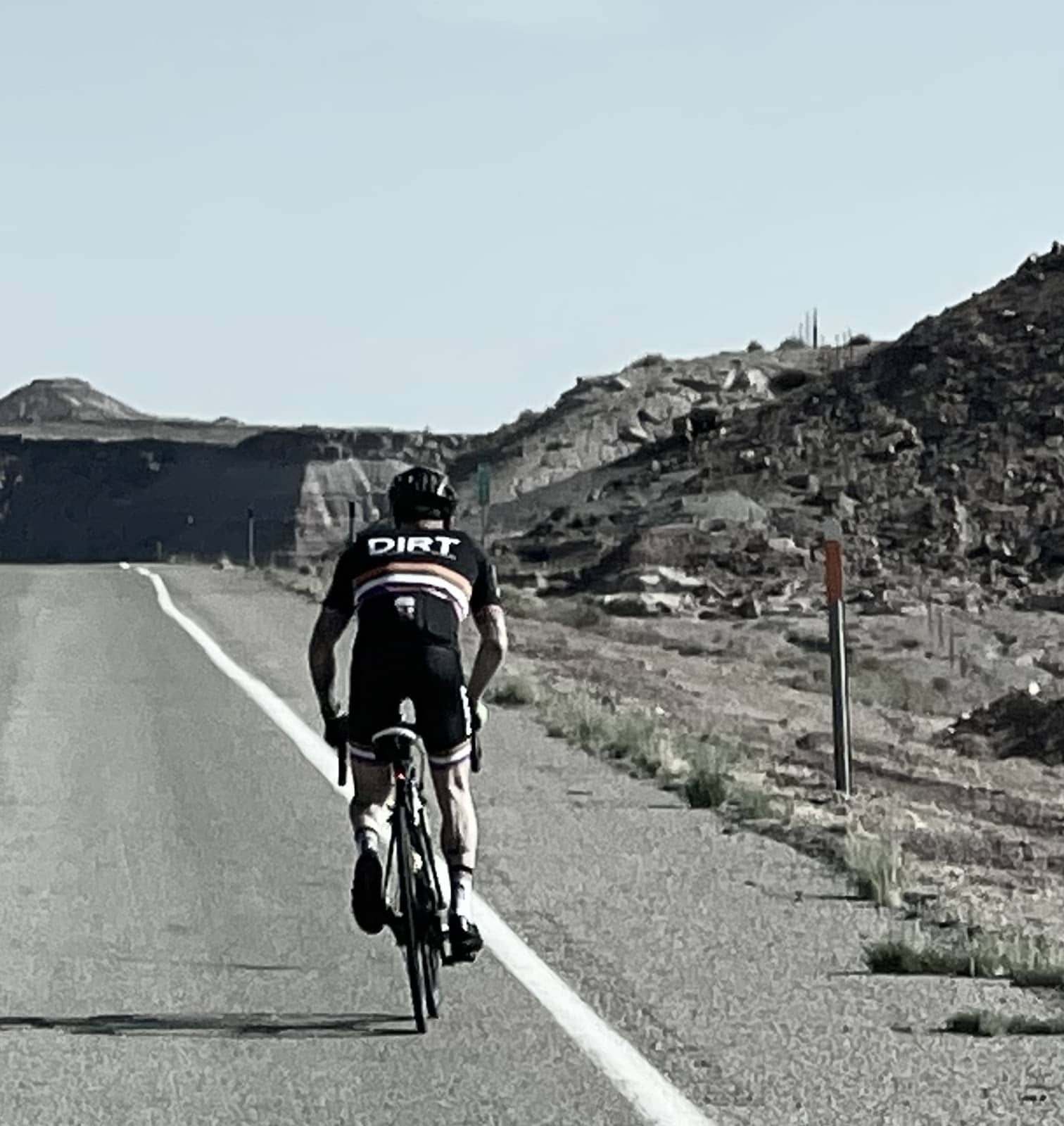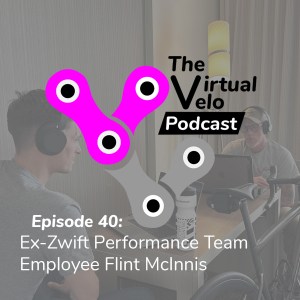-
Christopher Schwenker
- May 14, 2022
- No Comments
The power-generating capacity of our glutes and quads is of primary importance, but scientists reveal that our calf muscles are essential in producing sprint cycling torque.
It’s no secret to the competitive cyclist that Maximal Power is essential to sprinting performance. If you are like me, and your Wattage Bazooka is more like a Power Pea Shooter, producing maximal power is an enigma wrapped inside a mystery. Let’s say I need all the help I can get.
One place cyclists turn to increase their power on the bike is building their strength off of it. Coaches and fitness professionals widely accept resistance training as an effective means of improving maximal cycling power.
The importance of strength training to cycling performance is a significant focus of The ZOM, and you can find more about it on the Training & Performance page.
Multiple studies confirm a strong positive correlation between maximal cycling power and the torque generating capacity of our leg muscles. Generally, the stronger our hip and knee muscles are, the more power we produce when sprinting. It seems simple, but that is where the previous studies stopped.
A December 2021 study looked deeper into the relationship between the capacity to produce maximal sprint power and the torque-generating ability of lower-limb muscle groups. By assessing the strength capacity of all six main lower-limb muscle groups in conditions that mimic cycling, scientists better understand the totality of the forces at play.

The Study of 26 Professional Sprint Cyclists
The scientists studied twenty-six (11 female and 15 male) professional BMX or sprint track cyclists—chosen to be the best experts in explosive cycling efforts. The cyclists performed an experimental session dedicated to sprint cycling and another session of maximal voluntary contractions (MVC) of their lower-limb muscles, each separated by at least 24-hours.
After a standard warm-up, the sprint cycling session consisted of a set of two 5-second all-out efforts while seated and standing. The cyclists took five minutes of recovery between bouts, and the data was collected using a cycle ergometer.
For the MVC experimental session, the scientists had the cyclists perform a set of maximal contractions and advised them to push as fast and as strongly as possible. The researchers assessed extension and flexion of the hip, knee, and also ankle—a joint that previous studies have not considered.
The scientists set the strength measuring ergometer to joint positions closely matching those found while cycling. The cyclists performed three isokinetic contractions at specific speeds that copied joint velocities during sprint cycling. Two minutes of rest occurred between contraction efforts for each joint and 5 to 10 minutes between each joint tested.

The Results Were More Than the Scientists Anticipated
As expected, the study confirmed that quadriceps (knee extensor) muscle strength highly correlates with sprint cycling torque in male and female elite sprinters. The glutes (hip extensor muscles) and hamstrings (knee flexors) also play a significant role.
There is nothing new here, but what the scientists discovered in the male cyclists they evaluated was new to them. The researchers found that the strength capacity of the muscles involved in energy transfer to the pedals were crucial determinants of cycling power.
The plantar flexor muscles of the calf (gastrocnemius and soleus) act to point our foot down at the ankle, and the dorsiflexor muscles of the shin do the opposite. Cyclists often neglect these muscles because they are seen only as stabilizers maintaining the ankle in a neutral position when pedaling. By emphasizing the testing of the muscle groups utilizing isokinetic contractions the scientists discovered the plantarflexors are more than stabilizers alone.
An isokinetic muscle contraction is one in which a muscle shortens through a range of motion at a consistent controlled speed as measured using specialized equipment—an isokinetic dynamometer. In contrast, the more common isotonic contraction occurs when a muscle shortens at a varied velocity.
In addition to the powerful quad and glute muscles, plantar flexor muscles appear to be more significantly involved than believed when top-elite sprinters produce a very high level of cycling torque. The power-producing capacity of our hips and thighs remains of primary importance.
The results of this study emphasize the importance of improving gastrocnemius and soleus—and to a lesser degree dorsiflexor—muscle strength to ensure optimal power transfer to the pedals. Sharing your strength training time with those muscles and focusing on specific improvements of maximal and explosive strength is another aspect to consider.
Here Are Some Exercises You Can Do
ELASTIC BAND PLANTARFLEXION
Anchor one end of the elastic band in your hand and place a looped end around your target foot. Next, hold the band and pull it to provide some tension. Then move your target ankle/foot forward, or plantarflex your ankle. Return to starting position and repeat.


ELASTIC BAND DORSIFLEXION
Anchor one end of the elastic band in a door (tie a knot in the band and close a door). Scoot back until there is tension in the band. Once there is tension, move your ankle so that your toes and foot pull back and upwards towards pointing to the ceiling. Return to starting position and repeat.

HEEL RAISES—DOUBLE CALF RAISES
While standing on the edge of a step with your heels off the back, raise up on your toes and lift your heels and body upward as shown.

HEEL RAISES—SINGLE CALF RAISES
While standing on one foot with your heel off the back of a step, raise up on your toes and lift your body upward as shown.

STANDING HEEL RAISES WITH FREE WEIGHTS—DOUBLE CALF RAISES
While standing and holding free weights, raise up on your toes as you lift your heels off the ground. Lower back down and repeat.

STANDING HEEL RAISES WITH FREE WEIGHTS—SINGLE CALF RAISES
While standing and holding free weights, balance on one leg. Next, raise up on your toes as you lift your heel off the ground. Lower back down and repeat.

DOUBLE LEG HOP
Stand on both legs and then hop forward and land on both feet. Increase the distance and or height of the jump to progress this exercise.

SINGLE LEG HOP AND STICK
Stand on one leg and then hop forward and land on the foot of the same leg. Balance and stick the landing. Increase the distance and or height of the jump to progress this exercise.
You can find a written copy of The ZOM Ankle Strength Program here!
If you need a bit more direction in starting or progressing your cycling-specific strength training program, check out Periodized Strength Training for Cyclists and Functional Strength Training for Cyclists by Coach Joy for helpful tips!
Conclusion—When You Need All The Help You Can Get
I rarely come across a study revealing a ground-breaking discovery. Cycling and athletic performance have been widely studied and the opportunities for significant advancement are relatively limited. Often the hidden gems of information and novel nuggets have implications that we can use. That’s just fine when you can use all the help you can get!
Your Thoughts?
What do you do to give your sprint all the help it can get? Comment below! Your fellow virtual cyclists want to know.
To subscribe to the Zommunique and receive more informative and entertaining articles like this one sent directly to your inbox, click here!
Semi-retired as owner and director of his private Orthopedic Physical Therapy practice after over 20 years, Chris is blessed with the freedom to pursue his passion for virtual cycling and writing. On a continual quest to give back to his bike for all the rewarding experiences and relationships it has provided him, he created a non-profit. Chris is committed to helping others with his bike through its work and the pages of his site.
In the summer of 2022, he rode 3,900 miles from San Francisco to New York to support the charity he founded, TheDIRTDadFund. His “Gain Cave” resides on the North Fork of Long Island, where he lives with his beautiful wife and is proud of his two independent children.
You will read him promoting his passion on the pages of Cycling Weekly, Cycling News, road.cc, Zwift Insider, Endurance.biz, and Bicycling. Chris is co-host of The Virtual Velo Podcast, too!












